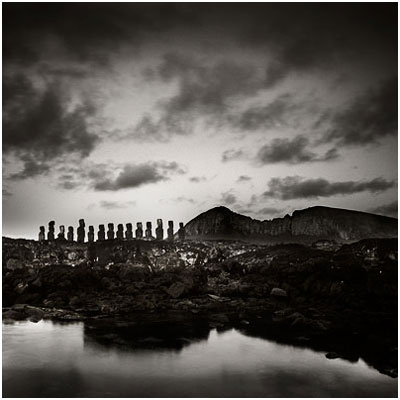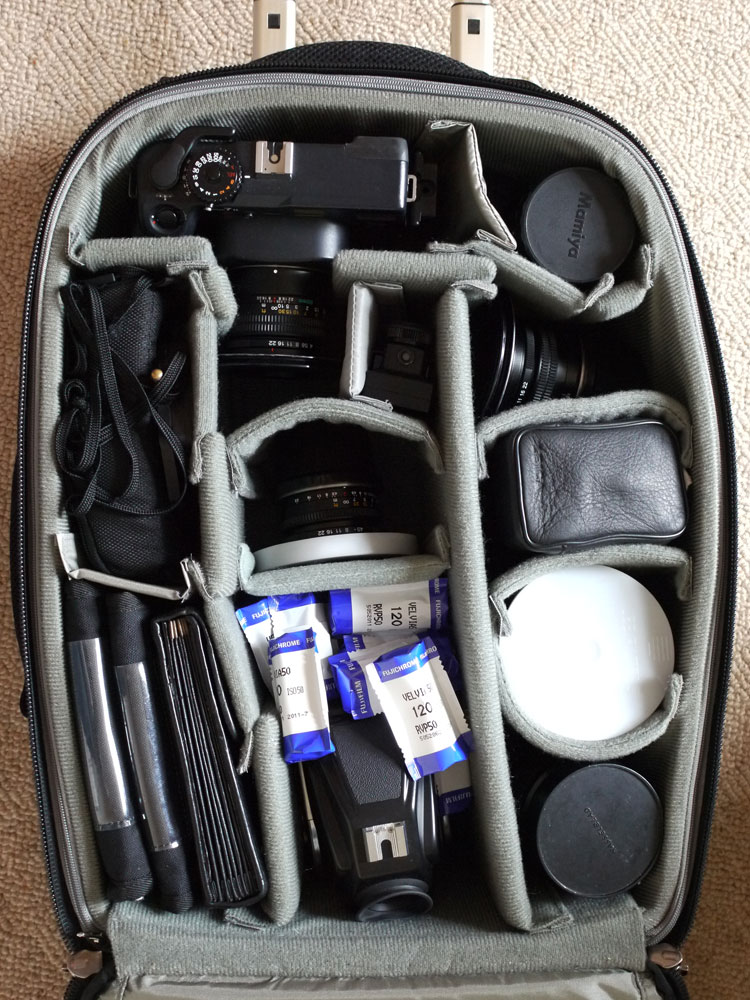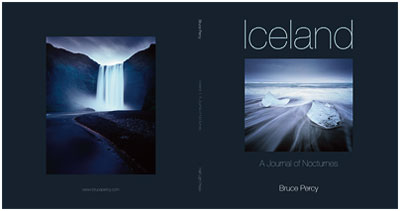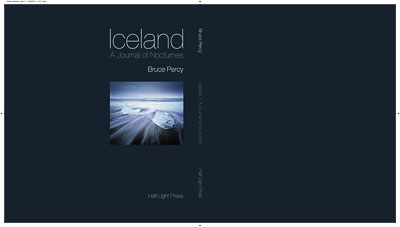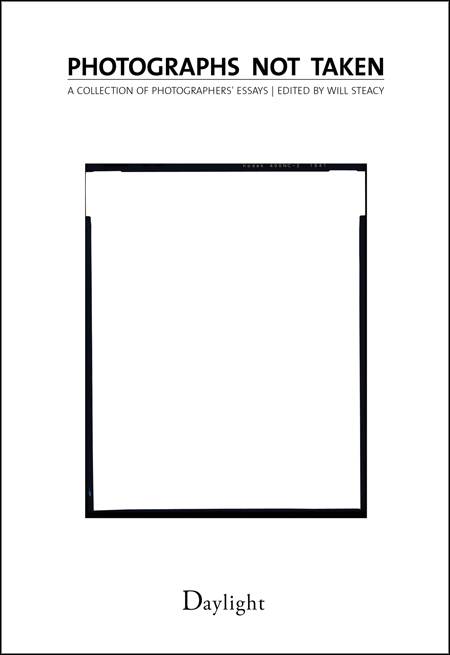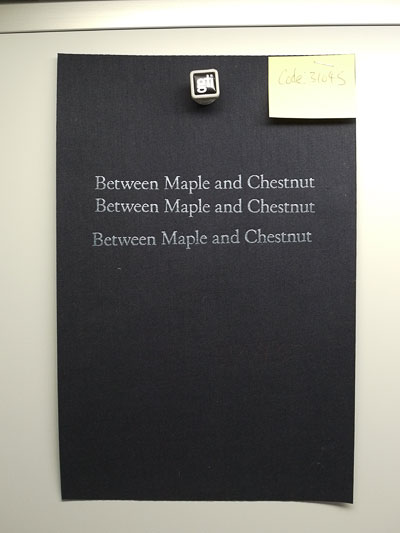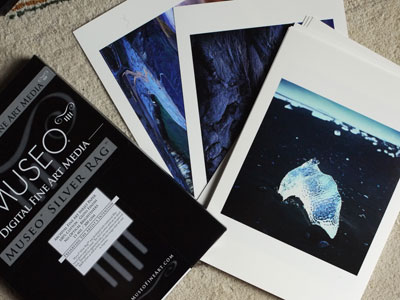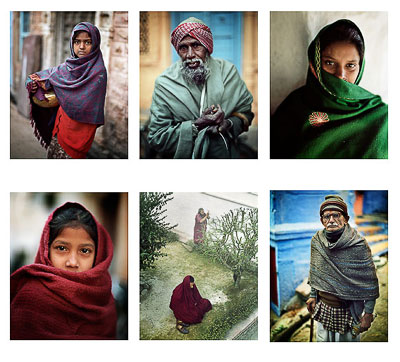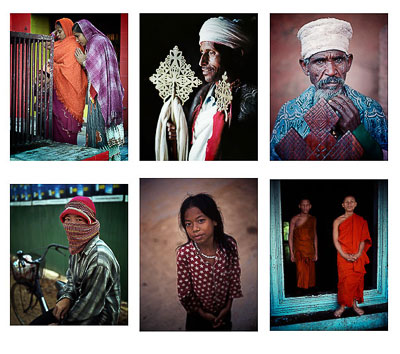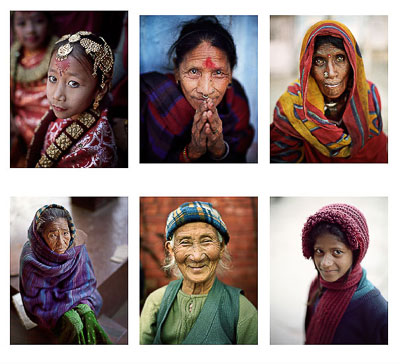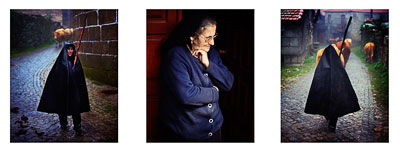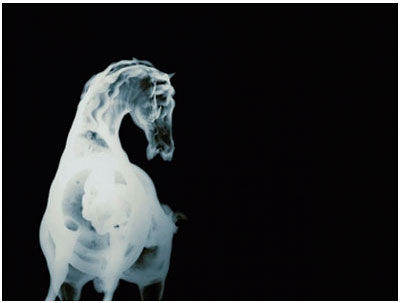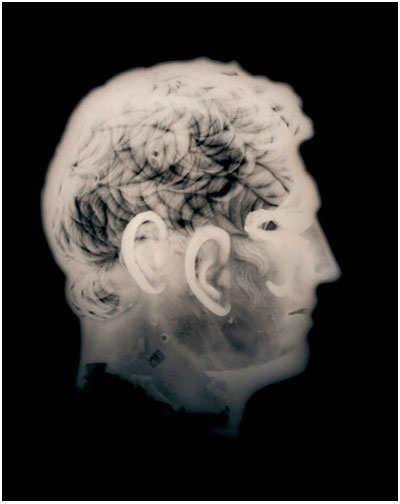I will be holding an exhibition of my Iceland images this October, in Edinburgh. This exhibition will run to coincide with the launch of my second book - "Iceland, a journal of nocturnes".
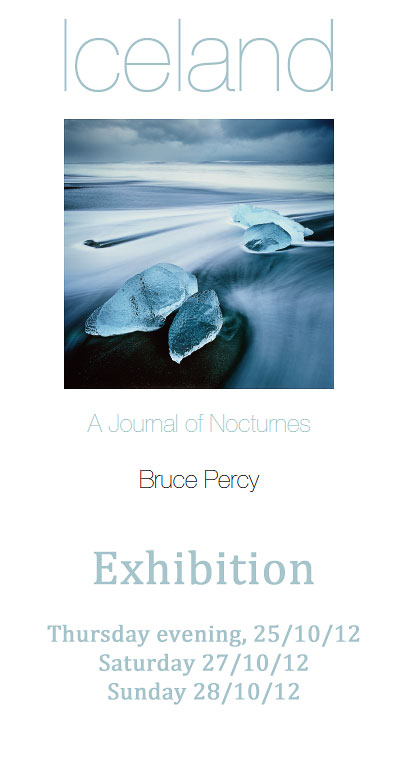
I'll post more about the firmer details as I find out more myself, but felt I should let you know about these dates as you may wish to keep them clear if youd like to come and see the set of prints in Edinburgh.
On the subject of doing exhibtitions, I would like to ask you if you have considered doing one? If you have done one, how did you feel about it? and what did you learn about yourself in the process?
My own experiences of holding exhibitions is that it is a very rewarding process in many ways. On the surface it may appear that most of what goes into putting an exhibition together is all about the choosing of images and getting them printed - possibly for the first time. But that's only a tiny part of what an Exhibition is all about.
You learn a lot about yourself in the process. In my own case, for a long while I never felt ready to do an exhibition, until I discovered that it seemed to be a trait of my own personality to 'never feel ready to do anything'. My photography has taught me to be 'bold and brave' and just go ahead and do it. I've had to overcome feelings that my work isn't good enough, or that I didn't have enough good images. I think these feelings are common and unfounded. They stem from a form of self-protection that tries to keep you in your comfort zone, but at the disadvantage of not letting you try things out and grow as a person.
It may feel rather daunting at first, but once you start to get things rolling, it takes on a life of its own, and you start to discover that there's a sense of direction and focus to your work, and that you're really looking forward to showing your work to others.
And that's possibly the biggest satisfaction one can get from an exhibition of your own work. Friends and family, often unsuspecting that you had it in you, are surprised, supportive and it creates a bit of a buzz because you're doing something out of the ordinary. You are also exposing yourself to others in a much more intimate way. A website is very easy to create and show your work on, but by holding an exhibition, you invite others to have a more personal dialog with your work and with yourself. So there is an element of putting yourself on the line and pushing through your own comfort zone.
I think that's why exhibitions are so important for personal growth. We learn a lot about ourselves and what we're capable of by setting up an display of our work. Just the simple fact that you do an exhibition can be a massive stone-turner for you - you've achieved something - put a thought into motion and that thought has become reality.
Over the past decade, I've had many of my 'dreams' turn real. Doing my first exhibition in 2002 showed me that if I have a thought - I can put it into practice and make things happen. This has given me a template with which to approach everything else I do in my photographic (and non photographic) life. I no longer think that dreams are dreams. They are the igniter for showing me the way forward with what I do.
Running an exibition is a very liberating experience. They bring friends and family together. You get to see the people around you support you. You get to know that people care about you. You also get a lot of confidence and a high from doing the entire thing.
So have you thought about setting up an exhibition of your work?

